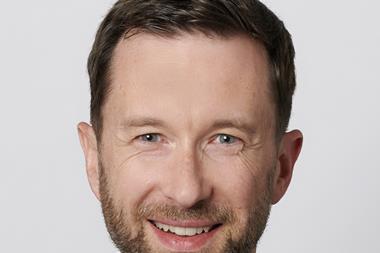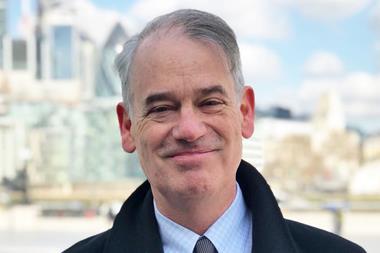Denmark’s biggest commercial pension fund, PFA, made an 11% loss last year on market-rate pensions, ranking its performance at the mid-point among peers.
But the middling performance of the labour-market pensions provider – which had DKK708.2bn (€95.2bn) of assets at the end of June – may be partly due to the institution having lowered valuations of its alternative assets faster than some competitors.
In a video commentary on the results, PFA group chief investment officer Kasper Ahrndt Lorenzen said 2022 had ended up being a bad year investment-wise.
“Rising inflation, rising interest rates, falling bond prices, which also dragged equities down, all of that came together on the back of the war in Europe, and the terrible situation in Ukraine,” he said.
Given the circumstances, the investment chief said the loss of just over 10% on a medium-risk profile was, relatively speaking, not so bad.
“It should be seen in the light of us actually having had a very reasonable year for returns in 2021, with a return of more than 15%,” the CIO said.
The 11% loss for 2022 puts PFA’s 2022 market-rate pensions performance around midway between other Danish pension options – at number seven out of 16 products or providers – according to a ranking of returns compiled by independent adviser Nikolaj Holdt Mikkelsen and posted on LinkedIn.
Separately, PensionDanmark flagged up its top position in Holdt Mikkelsen’s analysis, saying its particularly active equities and interest-rate management had saved it from making bigger losses in 2022.
However, Ahrndt Lorenzen has said in a Danish news report that PFA revalued two broad portfolios of unlisted assets – private equity and real estate – in 2022, reducing them in total by around DKK8bn. These portfolios hold investments of around DKK100bn, according to the article in Finans.
Before the revaluation, PFA’s return on private equity for the year was between 8% and 10%, but was just 1% afterwards, while the valuation change meant the real estate return ended the year at 0.2% rather than the 7% to 9% level it would have been stated at otherwise, according to Finans.
PFA invests in unlisted assets both directly and via externally-managed funds.

“We are not doing it because we want to be careful, but because we want to be right,” Ahrndt Lorenzen told Finans.
“We have customers at PFA who change their risk profile on a daily basis. Correct pricing is therefore important,” he said.
The CIO said it was not the case that all funds were “jubilant optimists”.
“But we try to capture that there are some effects which materialise over time and which we take along with us continuously. We take an active approach to it and in that way end up with a modest return for all the right reasons,” he added.
Regarding real estate, for example, he said that if one asked funds managing property, they said business was still doing well.
“But we have to deal with how things are going with lettings, the development of interest rates and other macroeconomic conditions,” the PFA CIO said.
Looking ahead, Ahrndt Lorenzen said in this week’s video commentary that there was still a lot of uncertainty in the investment environment at the beginning of 2023.
“At PFA we are sticking firmly with our investment strategy, we’re acting slightly cautiously, working with our broad, robust portfolio, going slowly until we see how the recession is affecting both Europe and supposedly the USA in the course of the first half of the year,” he noted.
However, he said that further out, his opinion was that “it could be we are able to recoup some of the losses when we get to the other side of the summer holidays.”
The Danish FSA has long had a focus on the way pension and insurance firms value their unlisted assets.
In April 2021, the sector agreed on set of common guidelines about how to value unlisted assets, following pressure from the financial watchdog.
To read the digital edition of IPE’s latest magazine click here





























.jpg)









No comments yet